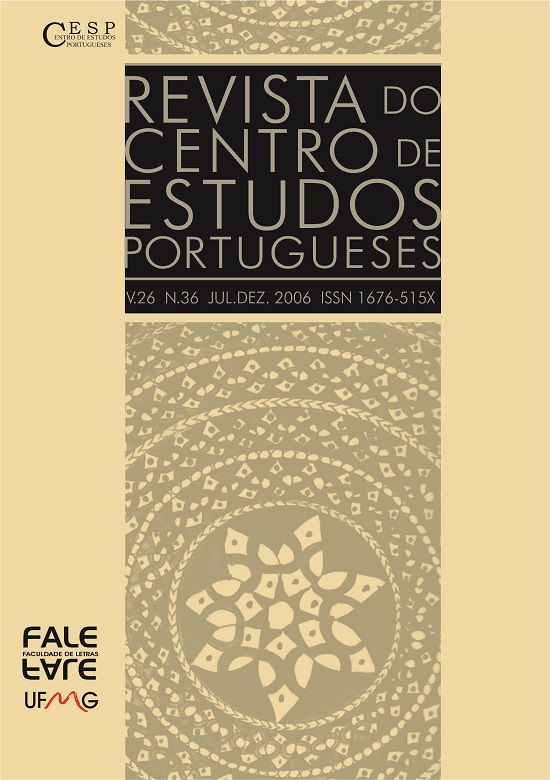Temperando o conhecimento: narrativas míticas
DOI:
https://doi.org/10.17851/2359-0076.26.35.165-176Abstract
Retomamos o entendimento de mito desenvolvido por Luciano de Samósata, séc. II d. C., no prolaliá Acerca do âmbar ou Os cisnes. Nesse pequeno exercício retórico, o autor ataca o uso da narrativa mítica no processo educativo, qualificando-a de equivocada e comparando-a com as distorções visuais que um corpo submerso na água aparenta sofrer (refração). Em seguida, conjugamos o texto referido a dois tratados de Plutarco de Queronea, séc. I d. C. (De Liberis e De audientis poetis). Voltamos ao gênero ficcional, na intenção de definir o mito e utilizamos as sugestões de Apuleio, séc. II d. C., em seu romance O asno, acerca da função da narrativa mítica. Concluímos ampliando a aplicação da metáfora estabelecida por Luciano.
We retake the myth agreement developed for Lucian (II d. C), in the prolalia Concerning the amber or The swans. In this small rhetorical exercise, the author attacks the use of mythical narrative in the educative process, by characterizing it as a kind of a mistake and comparing it with the visual distortions that a submerged body seems to suffer (refraction). After that, we conjugate the cited text and two Treatises of Plutarch of Queronea, (I d. C.), De Liberis and De poetis audientis. We come back to the ficcional genre, aiming at define the myth. Therefore, we use the suggestions of Apuleius (II d. C.) in his romance The golden ass, concerning the function of the mythical narrative. We conclude extending the application of the metaphor established by Lucian.





